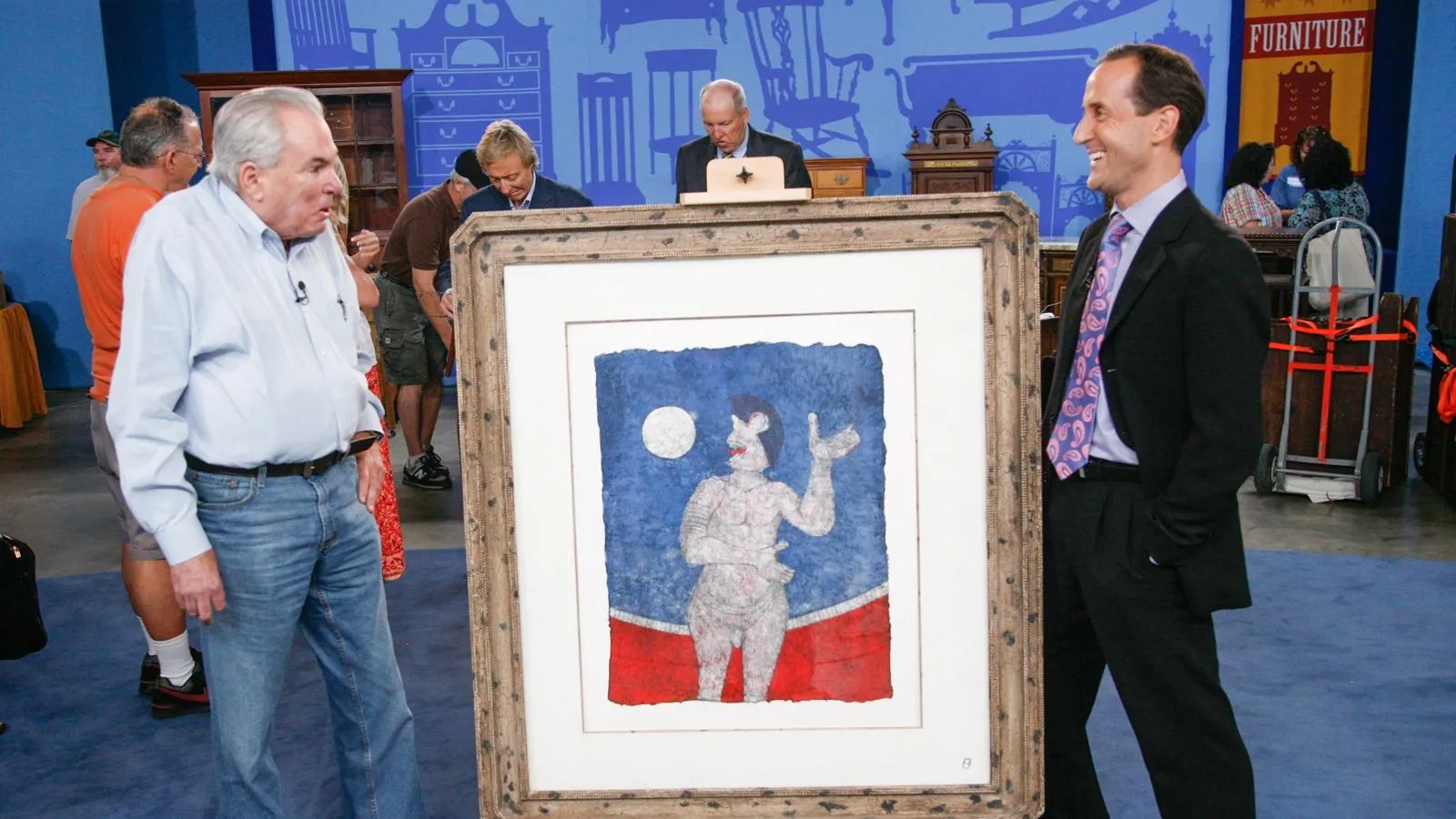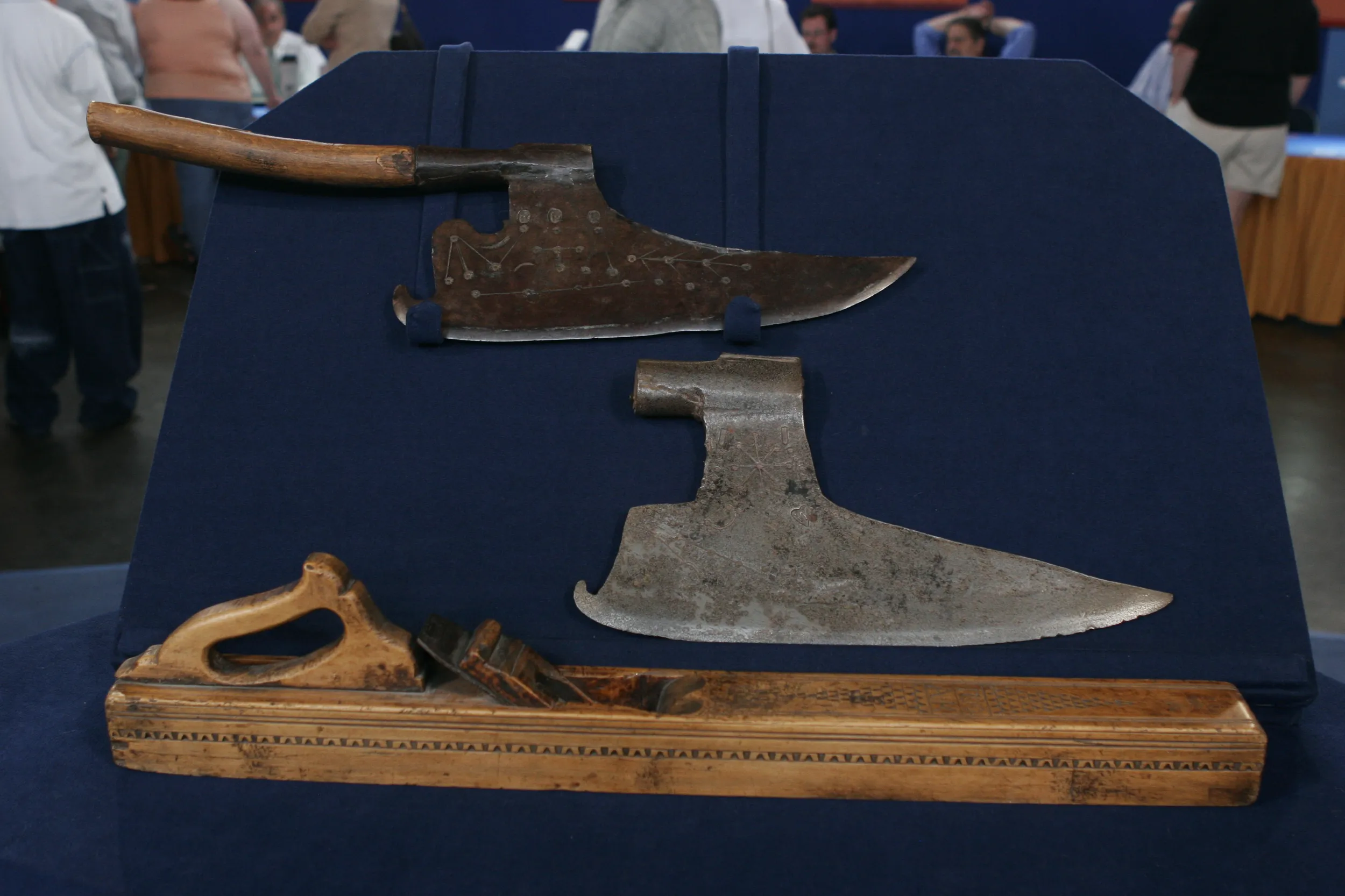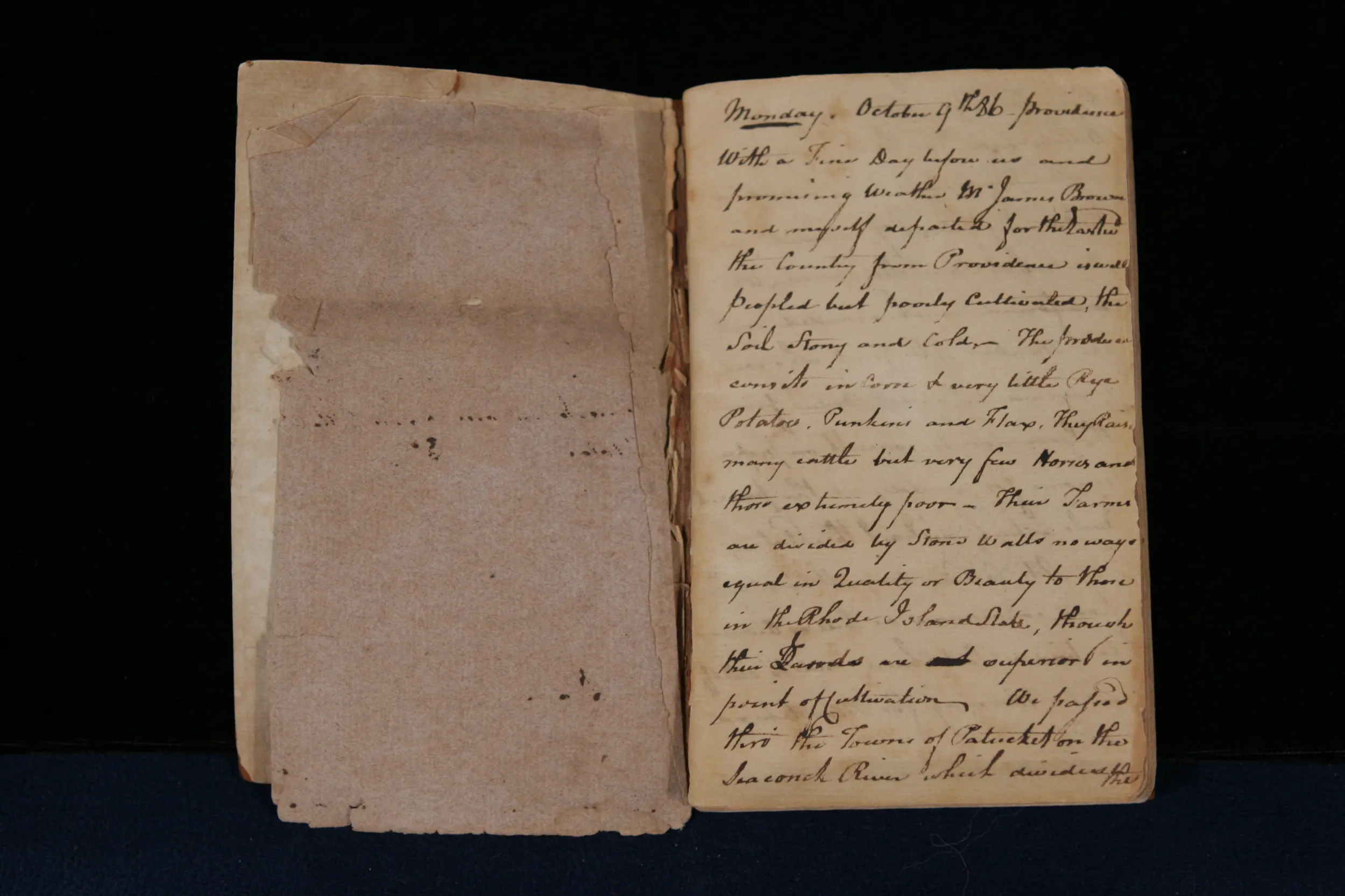GUEST: I brought in a grandmother or a grandfather clock. I don't know which it is, but it's been in my family for many generations. I know about the clock from the provenance of the clock and the fact that the date that it was made is engraved on the front of the face.
APPRAISER: Great. And it has a wonderful provenance with it. Inside the case here, I see that it's all written out. It seems like it's really well-documented. And the last paragraph was kind of neat.
GUEST: This was written by my great-grandmother Pauline, and it says, "The clock is standing in my house. The 136 years have passed since it was made. Many who knew and loved the clock... (voice trembling)...have passed out of life. But the precious old clock still sings the same song-- tick, tick. Men may come and go, but it ticks on."
APPRAISER: Oh, that's wonderful. What you have here is a grandfather clock, and it has all this beautiful tigering in it. And it's just absolutely gorgeous. There are a few condition issues with the clock. For instance, it's missing a bracket base down at the bottom. It would probably have a foot or a simple cutout bracket base. Never did have fretwork here at the top. Perfectly original. But what's kind of peculiar about this clock is that this case is really deep from front to back. And generally when you find a case that's this deep, it's a case that would house a wooden works movement, meaning the gears and the plates are cut of wood, and not brass. It's a beautiful sheet brass dial that's been silvered. And it's made by this clockmaker named William Stillman. And it says "Bristol in Connecticut," and it has January 1791, which is right for the case in terms of its age. And it's just a beautiful Connecticut dial. This dial is probably original to this case. But what's in, interesting about this is, when I turn this movement around and show you, you have this seat board right here, and then it's built up here with another one. Typically, you would only have one seat board, and not two. This has a brass movement. And if you look at the dial, you'll see these extra holes here, and those should go to something. But in the back of the dial, they don't go to anything.
GUEST: No.
APPRAISER: So I feel like this was originally a wooden works movement. And wooden works movements generally only ran for 30 hours, or one day. And so what probably somebody did was put in a brass movement at some point, and altered it so it would run for eight days, be a more functional item. It was done a long time ago. I would say over 100 years ago. It was really an improvement then to a clock like this.
GUEST: Uh-huh, uh-huh.
APPRAISER: And even with these restorations, in a showroom, this clock would sell in the range of $5,000 to $7,000. If it had its original movement, I think we're probably talking about a $15,000 clock. Thank you very much for bringing it in.
GUEST: And thank you so much for giving me the history.








